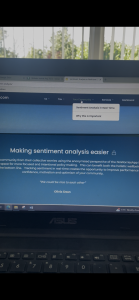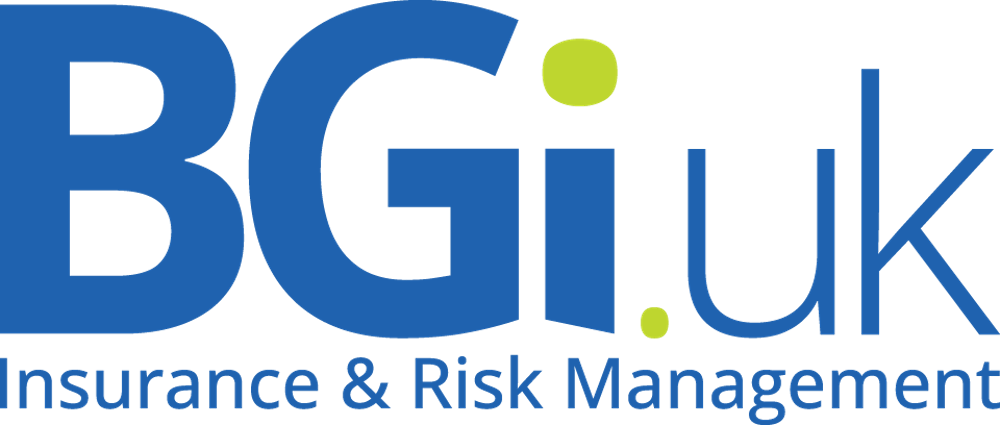
Love it or hate it, AI is here to stay, and the march of this technology is not going to slow down. If anything, it will accelerate at an increasing rate.
The issue is where is it going and what its approaching ubiquity will mean for everyone? No one, not even the late father of AI, the computer scientist John McCarthy who died in 2011, knew where it was really going let alone where it would end up.
AI, as a concept, has been around since the mid 1950s but it is only in the last few years that the technology has come of age. Oh my has it matured quickly, and it’s caught a load of people out already. Who and or what is next?
The last technology that emerged to cause such fear, anxiety and doubt was probably that surrounding nuclear fission. That’s right – The Bomb!
But the key the difference here is that the bomb and the technology around it have been tamed and contained. There is no evidence to state that we can do this with AI. The genie is properly out of the bottle.
This is a technology that nobody owns but lots of people are using it, yet the power of this technology seems to be in the hands of only a very few. In fact, an infinitesimally small number of people.
Gloomy enough for you? Chin up, it could be worse. But AI does induce fear, so let’s have a closer look at this.
Why do we fear AI?
There are plenty of reasons to fear this personality free tech. The main concern for people is that they do not really understand how it works, yet they know it has had and will have a huge impact on every aspect of their lives.
In the workplace AI is automating tasks very quickly. It can automate routine tasks and do them perfectly every single time. AI can also take decisions that normally are reserved for humans such as deciding whether or not to grant a bank loan to a customer. Bear in mind that the bank’s customer might have been a customer for years, decades even, and may not take kindly to being told by a computer that a loan for a new bathroom is not possible.
The fear a lot of people are now experiencing is that AI is becoming the new everywhere work colleague that does not speak, drink coffee, chat by the water cooler or eat lunch. It just works on things that previously you might have done yourself.

Threat or opportunity? Very tough to tell. Either way the personal feeling towards AI is unsettling.
Surveys done regarding AI in the workplace show the key fears are job displacement and new skill demands. For older workers the task of reskilling is hard. AI proponents argue routine tasks can be done thus freeing the worker to do other things, but what if there are not enough other tasks for that worker to perform? The massive and previously human task of discovery in law firms – this is the trawling through of hundreds of pages of documents looking for particular names or words – is now handled by AI. It has a huge role in reading the CVs of job applicants and can now examine and evaluate the video content of applicants who have been asked specific questions and responses are to be recorded.
We are talking about a genuine computer driven industrial revolution. AI will not only change people’s lives but will transform the entire IT environment. A report on G-P.com states that the search engine has had its day and will be replaced by AI.
IT departments historically have been notoriously high handed in the past with new systems and applications implementations. The advent of Windows all those years ago frequently was imposed with a message along the lines of “From Monday of next week you’ll use this.” The key issues were poor communications, insufficient training of users, and widespread business disruption as the new technology was rolled out. Furthermore, HR Departments were not really involved in the plans to roll out the new technology when they should have been integral to the communications and training plans.

There was also an accompanying culture shift that accompanied Windows. Secretaries became something of a rarity as workers managed their own diaries and the building of presentations was no longer the preserve of the Marketing Department. Workers started to “own” a lot more tasks that were previously done by other departments. Windows was interesting because on the one hand it was a great enabler, but on the other it took away huge amounts of time from people’s core functions. Sales people are a good example as all of their administration, previously handled by a secretary or similar, had to be done by them. This meant they spent much less time er….selling. Salespeople are among some of the most expensive hires in any company so getting them to spend time on administration – in particular responding to the ever growing email inbox – was hardly economically sensible.
We are all used to Windows now but at the time it brought fear uncertainty and doubt with it. Yes, yes, yes but that was years ago.
With AI it can be different, can’t it? .
Hopefully yes. The key will be to proactively understand sentiment in the organisation prior to starting any implementation of the this new technology. Senior leadership teams and the HR function need to properly understand the levels of trust, or suspicion, that their teams have of AI (and the company itself) and their overall orientation to the forthcoming changes that AI will bring. But it not just trust levels that need to be registered, it is the fears and the nature of them.

The organisation will need to both listen and be heard. With an insight into real-time sentiment, and absolutely not relying on the last staff survey, the task of sensitive and effective communication may begin. And the communications will need to be honest. No one is going to believe that AI is heaven sent, and everything will be hunky dory. With that approach the mistakes made with the implementation of Windows will happen all over again. But more so.
So, for the HR professionals out there reading this, the prime concern that will need to be overcome is openly and frankly addressing the issue of job security. Sugar coating these messages always backfires.
That message must be followed with the aims and objectives of an implementation – cost cutting? Or growth? Or both?
And communicate how AI will change things for the organisation. The good, the bad and the ugly.
In a nutshell the key single word for a company on the AI implementation journey is communication. And communication that is driven by the understanding of sentiment.
Part of the senior leadership team’s communicated narrative will have to include the governance, supervision and oversight that runs alongside AI implementations.

OK, that’s at a company level. What strategies can be exercised at the individual level to handle what some will see as the concerning onslaught of AI? As we said at the beginning AI is here to stay and it is not going to go away.
So, the first step will be to accept this.
Next, you will want to clearly understand your own orientations towards AI and what it brings. What, specifically, are your fears, uncertainties, and doubts? Capture them and consider them. You can use the free to download NoWorriesApp to do this.
By recorded your concerns privately on the NoWorriesApp, the process of rationalising these concerns becomes easier. And let’s remind ourselves here that AI is not to be regarded exclusively as a threat. That is simply wrong.
The principles of AI require it to help with existing activities and enable people to augment their skillsets, enhance creativity, and exploit the judgements they choose to make.

Having considered the fears, you should look carefully at the opportunities AI will bring. How will it simplify your work? What would you like to do if you had more time available to do it? A massive AI dividend should be efficiency and the removal of mundane tasks. And the exciting dimension of AI is that it can broaden the scope of everyone’s role in the workplace.
AI is without a doubt a fearsome technology. Companies seeking to use it need to think very hard about its implementation, understanding sentiment will be critical and will inform on the plans to deploy.
The lesson here will be learn from the past and do not act in haste. The organisation must both speak and listen. Everyone needs to be recognised and seen. Good communication will build trust and confidence and will diminish fear.

At the personal level, concerns need to be understood and examined. But also consider the opportunities. Embrace and engage to build your own self-trust.
This article was written by a human at a keyboard. It was run through AI to experiment with a rewrite, but it did not quite have the human touch, it lacked the understanding of fear, it lacked the understanding of human sentiment.
If you want to find out how to gauge human sentiment in your organisation, in real-time and what to do with this information to improve Holistic Wellbeing and drive your bottom line, contact us at www.NoWorriesApp.com
Content and photographs property of NoWorriesApp.com





